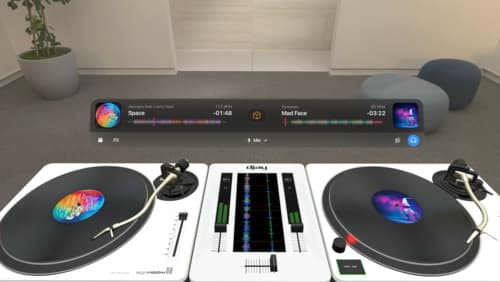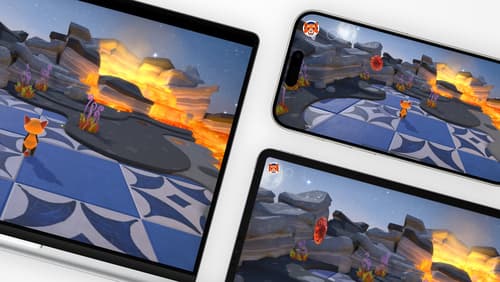Haptic
Asked on 2025-03-25
1 search
Haptic feedback is a significant topic discussed in various sessions at WWDC 2024. Here are some key points:
-
Game Development: In the session "Port advanced games to Apple platforms," haptic feedback is implemented using the game controller framework in combination with Core Haptics. This allows developers to create immersive experiences by providing tactile feedback for in-game events. For more details, you can check the segment on Input and rumble.
-
Apple Pencil Pro: The session "Squeeze the most out of Apple Pencil" highlights the use of haptic feedback with Apple Pencil Pro. The feedback APIs are used to provide different types of feedback depending on the context, such as alignment and snapping. This is discussed in the chapter on Apple Pencil Pro features and APIs.
-
UIKit Enhancements: In "What’s new in UIKit," haptic feedback is part of the sensory feedback improvements. The feedback generators can provide haptics, audio, or both, depending on the platform and settings. This is covered in the chapter on Sensory feedback.
These sessions provide a comprehensive overview of how haptic feedback is integrated into different Apple platforms and tools, enhancing user interaction and experience.

Discover RealityKit APIs for iOS, macOS and visionOS
Learn how new cross-platform APIs in RealityKit can help you build immersive apps for iOS, macOS, and visionOS. Check out the new hover effects, lights and shadows, and portal crossing features, and view them in action through real examples.

Design great visionOS apps
Find out how to create compelling spatial computing apps by embracing immersion, designing for eyes and hands, and taking advantage of depth, scale, and space. We’ll share several examples of great visionOS apps and explore how their designers approached creating new experiences for the platform.

Design advanced games for Apple platforms
Learn how to adapt your high-end game so it feels at home on Mac, iPad, and iPhone. We’ll go over how to make your game look stunning on different displays, tailor your input and controls to be intuitive on each device, and take advantage of Apple technologies that deliver great player experiences.
